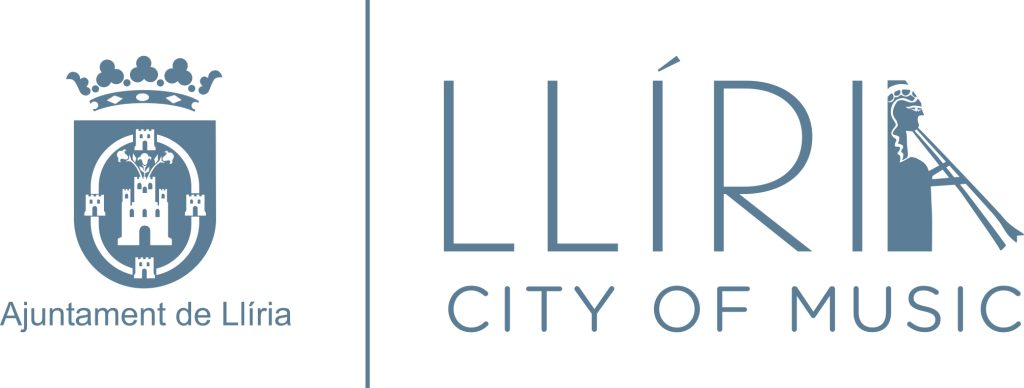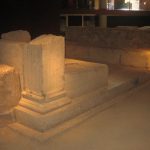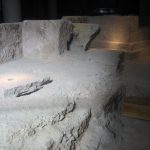Musical Education
Music is for the students a key element in their education. From an early age each child learns the importance of music in their personal and cultural development.
Music as a
mother tongue
In the music sector, music education is the field in which Llíria stands out, as its great strength is the high number of musicians, composers, conductors and music teachers who leave the classrooms of its schools and find work opportunities in prestigious bands and orchestras around the world.
Llíria has four centres where music studies are taught oficiales. On the one hand, there are the public schools “Banda Primitiva”, “Unió Musical” and “CIEM La Unió Musical” that offer elementary music education. The professional level is taught at the public Conservatory. During the last 25 years, this institution has trained more than 3,000 students (53% women).
In addition, there are six private music institutions and associations that offer specialized music courses (jazz, chamber music, audiovisual culture, music journalism, etc.) or for age groups específicos (children, young people or senior citizens). Some of these centres apply innovative learning methods such as Suzuki.
With regard to ongoing training, the music associations of L’Unió Musical i la Primitiva have a regular offer of advanced training for graduate and postgraduate students and for professional musicians in the fields of Composition, Conducting, Music History, Musicology, Music Theory and Teaching Techniques, Early Music (medieval and renaissance), and Advanced Performance, among others.
The University of Valencia, for its part, is holding several seminars in Llíria as part of its Summer and Autumn Schools, focusing on Music and Heritage and aimed at teachers, professionals and students.
Llíria also has a concerted Dance School that follows the formal study programme (classical, Spanish and contemporary dance genres). In addition, there is the San Francesc School of Dramatic Art and the Municipal School of Dramatic Art. In 2017, an important initiative took place which was the “Llíria Escénica” Performing Arts Festival
Musical Culture
Research
in music
Llíria is home to a network of public libraries and three music archives (1 municipal and 2 of the music societies) which are the basis of research into music and culture, thanks to the existence of valuable original documents.
The materials in the municipal library include specialised music books, essays and scientific magazines. The documents in the archives consist of a large collection of music-related items such as minutes of municipal plenary sessions related to musical initiatives, scores, particellas, photographs, show posters, audio and video recordings (concerts and festivals), information on composers and musicians from Llíria, concert programmes, transcriptions and arrangements for bands of universal music masterpieces, as well as various other objects.
These research materials are often internal documents of the institutions themselves, or have been acquired by purchase, permanent loan, bequest or donation, which is a very common mechanism among Llíria’s musicians and composers.
It should be noted that various doctoral theses and numerous academic publications have been published on Lliria’s musical activity, and these archives are a key element in the development of research.








